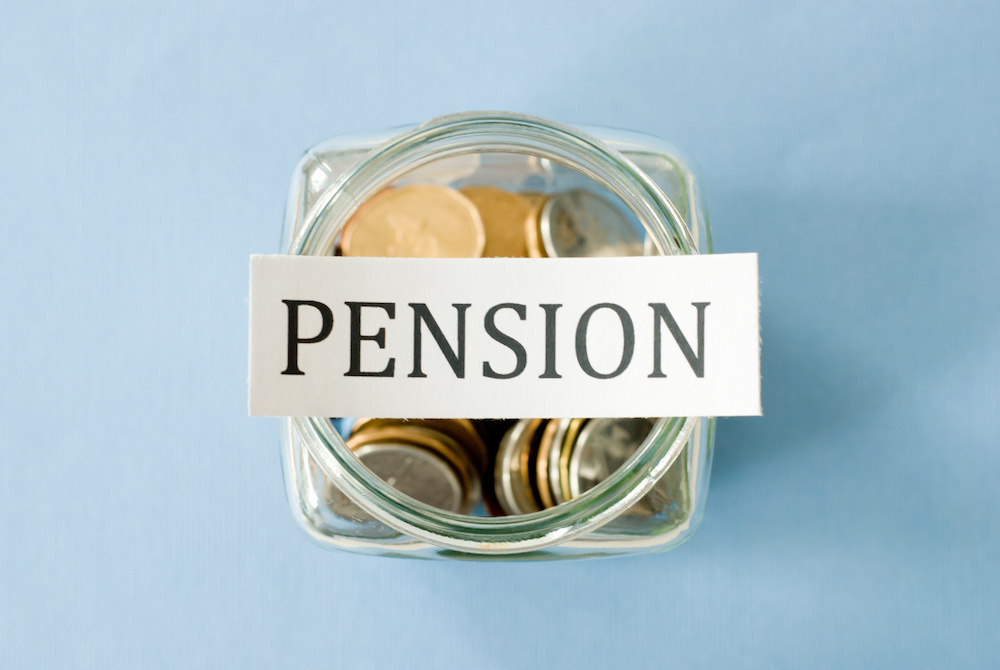Employers face a challenge to keep their employees within their workplace pensions schemes following the increase in contributions each month.
Employees must increase the contributions to their pensions as much their employers from Saturday 6 April. The increase saving could benefit employees by allowing them a much higher pension pot in retirement than they would have without the process of auto enrolment that requires them to be put into a pension scheme ‘automatically’ and stipulates a minimum contribution.
The total minimum contribution for anyone auto-enrolled into a workplace pension is going to increase from 5% to 8% of their pensionable salary. Of this amount the employee will contribute a minimum of 4% and employers must add a minimum of 3% and on top of that there is 1% of tax relief being added from the government.
The challenge is persuading reluctant savers of the benefits. The problem is not so much that 27% of employees aged 22 and above, still don’t know about the increased pension contributions, that 29% said they’d heard something but didn’t know the details or that 44% said that they were aware of the planned increase to their pension sacrifice, this according to research from insurer Aviva. The concern is the number that say they would leave their pension scheme because of the increase in payments. Aviva says 9% of workers have said they would opt out of their workplace pension scheme when the new contributions come into effect. While this is a relatively low proportion – the question was of course asked before the rates kicked in and individuals saw the bald impact on their take home pay.
Alistair McQueen, Head of Savings and Retirement at Aviva, says that for an eligible employee earning the average salary of £27,500, the increase will be less than £1 a day but they’ll see an extra £50 go into their pension pot each month as their employer and the government will also be paying in more.
So far, employers and employees have taken auto-enrolment in their stride,” says McQueen. “Contributions have to rise to give more savers a chance of a decent retirement. Contributions started at 2% of earnings which was a good way of easing people into the idea of retirement saving, but that was never going to be enough to provide most people with a comfortable retirement. The increase to 8% is another step in the right direction. And it’s a smart time to introduce the rise as it will coincide with increases in minimum wage, bigger income tax allowances and a common time for pay rises.
“The fact that our survey shows only a small proportion of people say they will definitely opt out is great news. It’s a testament to the efforts everyone has made over the past six years that saving in a workplace pension has become the norm,” says McQueen.
Aviva is calling for minimum contributions to gradually increased to 12.5% by 2028. However, some are calling for a higher level. Savers should put aside 15% to save adequately for retirement according to insurer Scottish Widows, which highlights that new workers could retire with £36,000 more than those who started work in 2012.
It calculates that someone on the average UK average salary auto-enrolled for the first time in 2012 and having made the minimum auto-enrolment contributions throughout their career, would have a pension pot worth £121,000 retiring at age 68. However, someone entering employment from 6 April 2019 could build a pension pot of £157,000 by making the new minimum contributions.
Robert Cochran, retirement expert at Scottish Widows, said: “Retirement can last several decades depending on when people stop working, so increasing minimum contributions since auto-enrolment was introduced has without a doubt provided a boost for the nation’s long-term savings, with more than 10 million people now auto-enrolled. An additional £36,000 in someone’s pension pot through workplace savings could also mean an extra £137 a month in their pocket or £1,650 over a year.
“We would love to see the £10,000 earnings threshold scrapped to make auto-enrolment inclusive for more workers. We’re also calling on the government to reduce the age at which workers are auto-enrolled from 22 to 18 more quickly than it has proposed.
“If people are able to put aside a little bit more than the minimum each month, it could make a much bigger difference in later life than they might think. Those who may not have been saving for all of their working lives – for example before auto-enrolment was introduced – should find out what they are saving at work and how to make the most of it in the long term by considering upping their contribution.”
Nevertheless, Aviva says that employers may find themselves facing a barrage of employee questions once they send out April pay slips. To better prepare workplaces it has created a guide for employers that explains how they can energise their employees about the imminent rise in their contributions.
The guide outlines three tips (paraphrased below) to help employers educate employees:
1 Communicate, then repeat the facts
2 Appeal to an employee’s self interest by reinforcing the value of the workplace pension
3 Clear communications can make it work
Communicate, then repeat the facts. Once is never enough
To make a success of communicating the new contribution increases to employees, employers will need to remind employees about the facts several times. Employers might well need to tell employees what they are going to tell them, then actually tell them, and then tell them again for good measure. And they might consider using different media to let them know about it.
Keeping workplace pension scheme members regularly updated with clear communications is good housekeeping. The clearer things are, the more time employers have for focusing on business, not pensions. But once is never enough!
Appeal to an employee’s self-interest by reinforcing the value of the workplace pension
Many employees lack basic knowledge about workplace pensions. Cut to the chase and get to the point about their workplace pension money.
Four simple points can appeal to each employee’s self-interest:
- Employers put money in on their behalf. If they are not in the workplace pension scheme, they won’t get the extra money.
- It’s the employee’s money, not the employer’s. What goes in is theirs, what comes out is theirs. Currently, from age 55 they can take a quarter of it as a tax-free lump sum to spend as they like.
- Their savings get a 25% top-up from tax relief. If they are basic rate taxpayers, for every £80 they save in the workplace pension, £20 is added from tax relief. That’s an instant increase of 25%.
- They will need more than the basic state pension to live on. The current basic state retirement pension is £125.97 a week.
Clear communications can make this work
Encourage employees to think carefully about saving for the years after work. Workplace schemes can help them get the kind of retirement they’d want, without having to work for longer than they’d planned to. The more engaged they are, the more they are likely to value their benefits packages.
They need to know their overall benefits packages may increase, thanks to the bigger employer contribution. Also, as employee contributions may also rise it is vitally important employers reinforce the outstanding value saving in a workplace pension scheme represents.
Ideally employers should have been preparing employees for the contribution increase ahead for the implementation. So time is really now of the essence. Aviva recommends employers talk to their pension provider if they are unsure how to promote the benefits of the scheme and tap into the provider’s experience of getting the message across.
Further reading:





